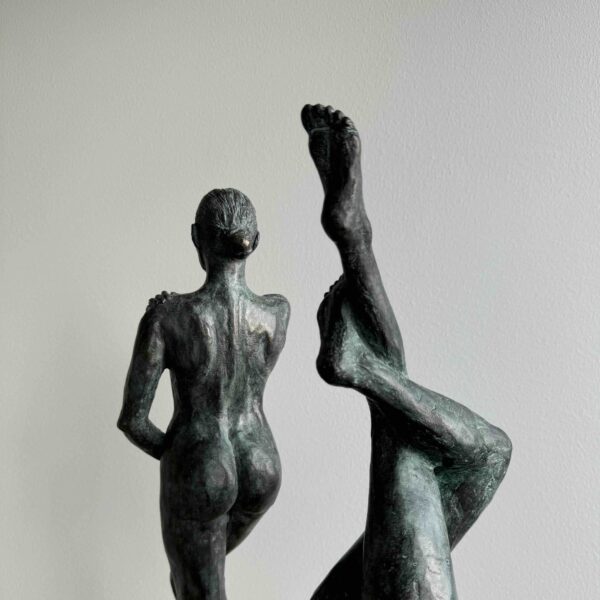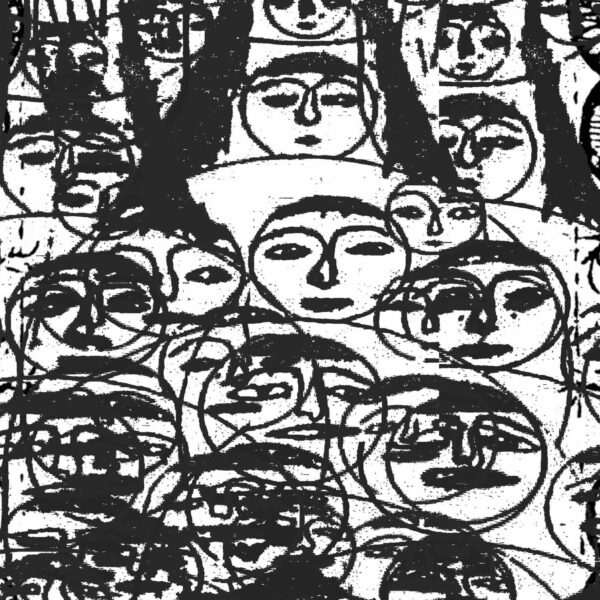New Frontiers in Contemporary Creativity: AOTM’s Artists in Residence
In this latest interview, AOTM delves into the creative philosophies of its Artists in Residence—Goyong, Amaan Jahangir, and Rebecca Rose—exploring the pivotal moments and influences that shape their artistic journeys. Each artist shares personal stories that reveal how their backgrounds and unique perspectives fuel their ongoing artistic evolution. From childhood revelations to profound professional insights, their narratives intertwine with AOTM's mission to foster a vibrant community of digital artists. Please note, this interview has been edited for brevity and clarity.
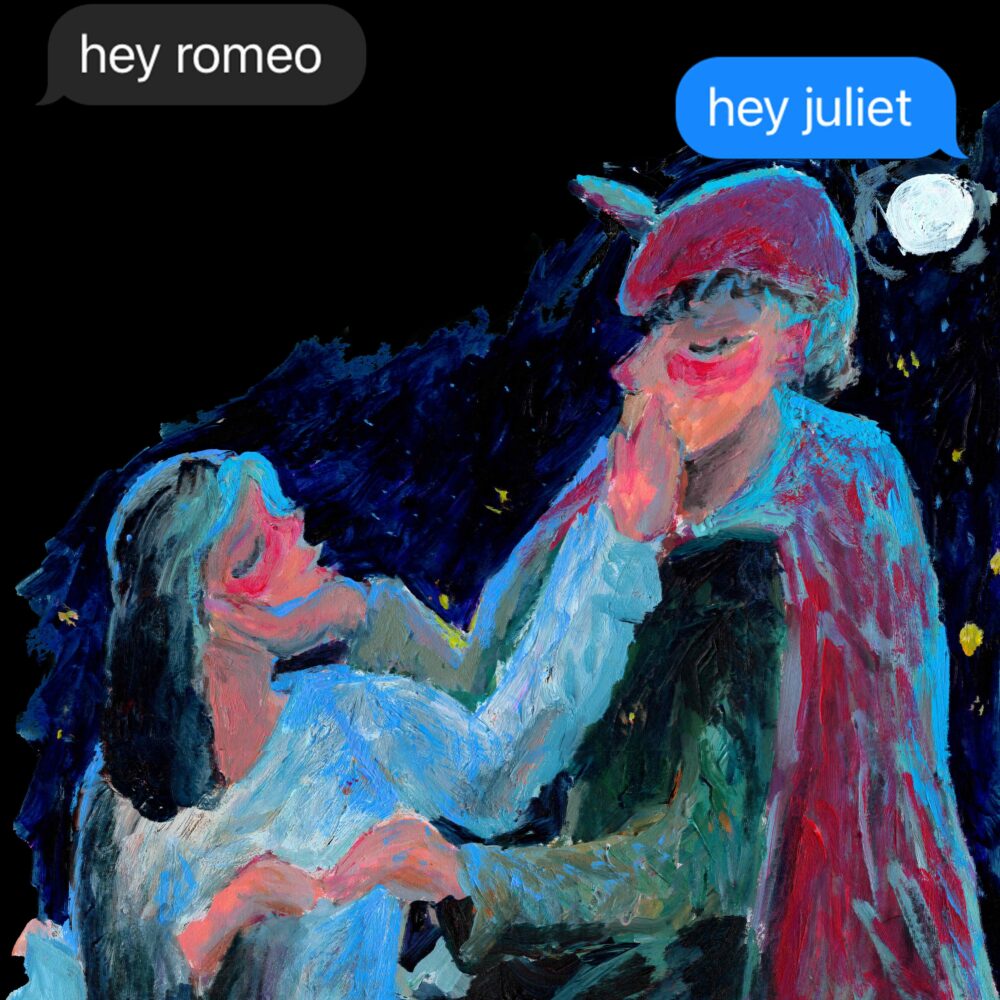
AOTM: Can you share a pivotal moment from your origin story as an artist that has significantly shaped the ethos of your work and continues to influence your creative decisions today?
Goyong: I studied art history for quite a long time. While others might study the past out of interest or for fun, for me, it was to find clues about the future. Humanity has progressed through trial and error over countless years, and I believe there are no new discoveries to be made. Now, I think it’s about how we view things—differences in perspective and thought will be what history records. I was particularly impressed by Andy Warhol, especially his use of the silkscreen technique to comment on the Third Industrial Revolution. This deeply inspired me, leading me to decide that I should express my views on the society I live in through my work. It seems we’ve reached a point where the focus is less on what is being drawn and more on why it’s drawn and the artist’s perception of the world.
Amaan Jahangir: As a child, I asked my father to draw Spider-Man for me, but he added a cowboy hat. I was devastated and vowed to learn how to draw properly to never desecrate the sanctity of Spider-Man again. It sounds abstract, but from that moment, I decided if I wanted something done right, I’d do it myself. My dad and I laugh about it a lot now, but the idea of knowing what I want and pursuing it myself has become pivotal in my creative practice. If I feel something, I express it; if I want to say something, I say it; if I want to make something, I make it. Creative autonomy is key.
Rebecca Rose: One of my earliest memories is visiting Disneyland, which I perceived as a life-sized walk-through art installation. The dark rides in Fantasyland, where you race past painted characters on 2D wood arranged in three dimensions, particularly struck me. This concept resonates with how I construct my collages digitally today, though it took a while to arrive at this point in my work. I began with analog collages as a kid, creating pieces for friends, and later discovered digital collage in university. During my university years, I also experimented with physical 3D sculpture and real-life sized walk-through collaged art installations—immersive works influenced by my early experiences. Since returning to digital collage, I’ve applied everything I’ve learned over the years to spatially arrange digital 2D images into 3D sculptural builds and digital walkthrough installations. My artistic journey has truly come full circle, with each chapter informing the next.
AOTM: In the development of your unique style, which elements or practices have become non-negotiable in your art-making process?
Goyong: In my work, I aim to include elements that represent the world we live in today. We often take for granted everything we see on a monitor. I felt a contradiction in this and intentionally wanted to create a distance between the artwork and the audience. I drew inspiration from art history and Andy Warhol to view the world from a new perspective. Images on a monitor are displayed through complex computations on hardware or smartphones, but this process is so quick that we hardly notice the data transfer. Through pixels and animation, I aim to express that there’s a new dimension between the monitor and the artwork. I’m also working to capture traces of this dimension through drawings as well as animations. A monitor consists of countless pixels, and by intentionally adding or modifying these pixels in my displayed work, I’m trying to convey what my creations are expressing.
Amaan Jahangir: Telling the truth is non-negotiable. It took me some time to realize, but truth has a unifying voice because it’s full of life energy. For me, being truthful and having something meaningful to say is crucial. I value being intuitive with my art—I love the truth.
Rebecca Rose: Collage is the non-negotiable foundation of my process. It’s my passion and strength, guiding everything I do. The practice of making 2D images appear 3D challenges the traditional concept of 2D art. Inspired by the 1930s multiplane camera, which revolutionized depth perception in animation through layered glass panes, I apply a similar technique to my collages. In my 3D sculpting, each transparent layer is spaced to allow camera movements to capture the distance, presenting images in parallax and showing changes in speed—the closer the layer is to the camera, the faster it moves; the farther away, the slower. This mimics real-world depth perception.
Aesthetic constants in my work include the removal of faces from characters to represent universality and anonymity, allowing viewers to see themselves in any scenario. When we see a face, the identity often dominates the interpretation of the scene. By omitting facial details, the figures can represent anyone. If a main character is present, they face the viewer to enhance connection, while side characters are shown in profile or quarter view.
In terms of color, humans are depicted achromatically, with few exceptions for narrative emphasis. This choice represents the psychological shades of gray and the stark nature of human emotions, contrasting with the colorful scenery.
We all oscillate between feeling divine and insignificant. The message I want to communicate is that we are all human. - Amaan Jahangir
AOTM: Every artist has a message or a story they wish to convey through their work. What is the core message you aim to communicate to your audience, and why does this matter to you deeply?
Amaan Jahangir: Essentially, I wanted to understand myself. I felt utterly abandoned in my previous relationship, and creating art about it was a way for me to analyze and process my own behaviors and feelings. I approached creating very pragmatically, thinking, ‘I am feeling these emotions, but they won’t last forever—I hope. Let me document them.’ By creating and sharing, I realized everyone has a similar story. We all oscillate between feeling divine and insignificant. The message I want to communicate is that we are all human. We are all lost together, and there’s tremendous freedom in that realization.
Rebecca Rose: My core message is to depict humans grappling with inner conflicts, external struggles, or showing resilience. I tell these stories as cautionary tales of cause and effect, illustrating how quickly life can change for better or worse. These stories often unfold in two or three acts, featuring high drama and emotionally charged events that many can relate to personally or through others. This approach not only highlights human resilience but also reassures us that we are not alone in our experiences. Creating meaningful art that resonates deeply with people is central to my practice because it touches us at our core.
AOTM: Looking back on your journey so far, how have your background and life experiences woven themselves into the themes you explore in your art?
Goyong: I had many opportunities to assist artists in Korea. While I always enjoyed my work, I noticed that the artists themselves often lacked enthusiasm. I pondered why this might be and realized that many couldn’t find a purpose behind their creations. Often, artists turn professional because they enjoy creating, but this enthusiasm can wane over time. This leads many to seek external motivations, or they might end up repeating their initial successful works. From assisting these artists, I learned the importance of understanding why I create. This realization drove me to study art history to find my own foundation. I believe that the simple joy of creating may fade, which is why I respect and admire Deekay. He finds continual joy in creation and his works continue to resonate with people. His ability to sustain that joy and produce loved works is truly inspiring. Perhaps my search for a reason to create was a way to keep my own passion alive.
Amaan Jahangir: Everything has—every conversation, every look, every kiss, every smile. My art is my diary.
Rebecca Rose: My art often reflects direct experiences or observations of others, where I explore possible outcomes, both good and bad. Overthinking these scenarios leads me to imagine preposterous situations and cautionary tales, much like the Monkey’s Paw theory, where desires are granted but with unexpected twists. This flair for surprise and drama permeates my work.
While creating, I draw inspiration from music and classic cinema, which influences my thematic approach. Recently, I’ve been listening to Pink Floyd’s ‘The Trial’ on repeat and watching films like ‘12 Angry Men’, ‘Judgement at Nuremberg’, and ‘To Kill A Mockingbird’. These works, which start mid-conflict and dive straight into the action, mirror the dramatic narrative style in my art.
From my early days creating physical sculptural collages to my current digital works, a strong narrative thread has always been essential. I find it deeply fulfilling when my art resonates with others, as life’s most impactful moments are often those that tell a great story.
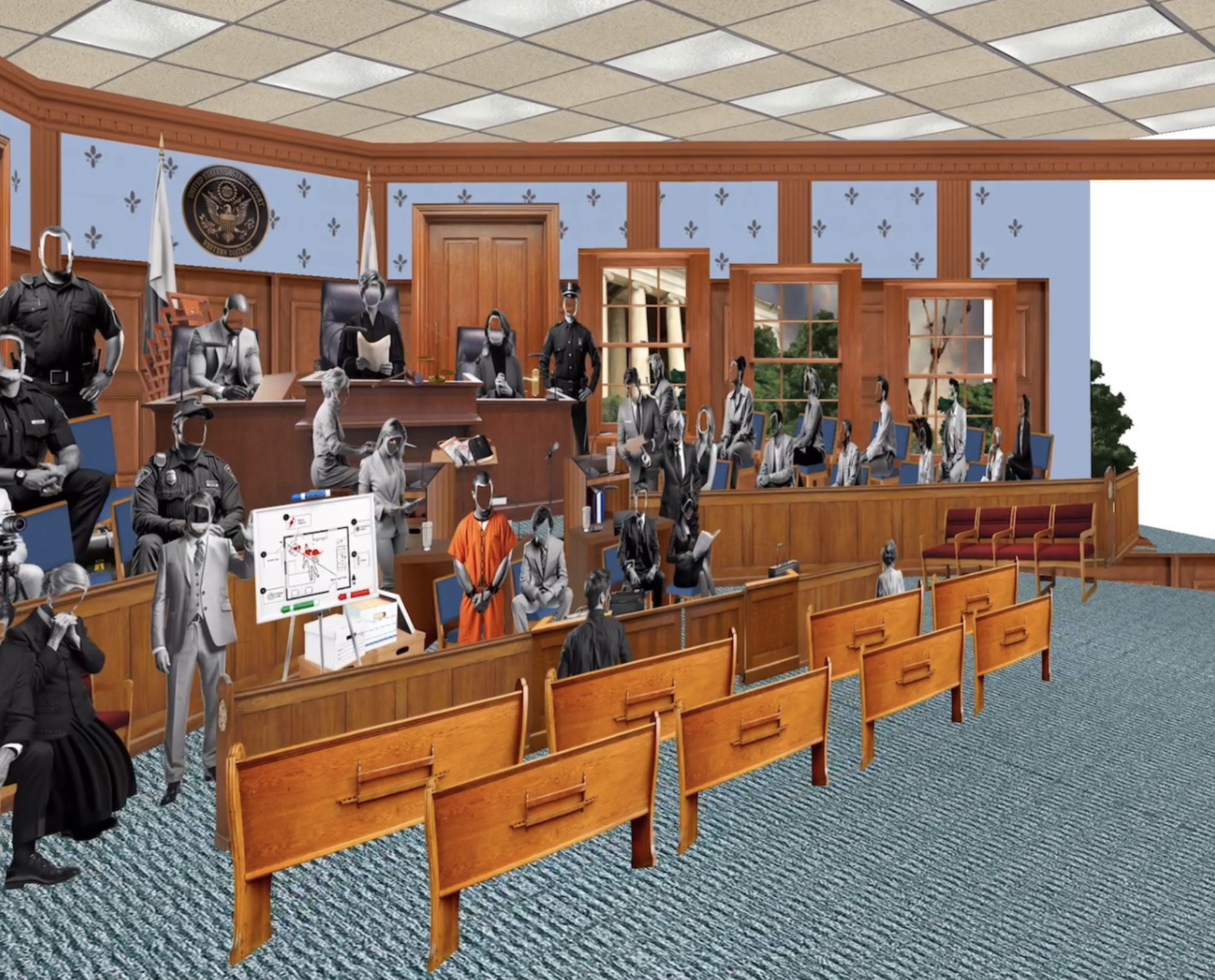
AOTM: Reflecting on your time in the AOTM Artists in Residence Program, how has the mentorship and creative exchange offered within the program influenced the evolution of your artistic vision?
Goyong: Before joining the residency, my approach was very self-centered. I made all decisions and judgments independently, which meant I lacked a circle of peers for advice. Over time, many things I once considered important had faded from my memory. The residency program offered a chance to learn how an artist can introduce their work to the public. It has been invaluable in reconnecting with the creative community and understanding the broader aspects of sharing art.
Amaan Jahangir: The mentorship has been incredible. It was a real pleasure to engage in meaningful conversations with the team, develop my practice, and receive tangible information and advice. The program has really helped me develop confidence in my artwork and become more flexible as an artist. It has taught me how to envision being an artist for the next 60 years and how I should carry myself to foster that dynamic with others, as well as the relationship I have with myself and my art.
Rebecca Rose: Legacy has always been a central theme in my work, from creating provenance records for my physical pieces to incorporating digital provenance by minting. The discussions with Pablo Rodríguez-Fraile about the long-term digital art landscape inspired me to set deeper goals, such as gaining more traction in museum collections and reaching out to collegiate journals in the field.
Practically speaking, a session with PepeVanKek on website SEO addressed many challenges I faced with online search results for my work. I’ve been improving the metadata and descriptions for still images and videos to enhance their detectability by search engines.
Sebastian Sanchez provided an insider’s view on how auction houses manage the sale of tokenized art in primary and secondary markets. This insight is preparing me to present my work at prestigious venues like Christie’s with purpose and intention.
Learning about the early days of cryptoart from guest speakers like Redbeard, who shared his perspective as an art patron, was particularly captivating. His reasons for appearing in many photos with artists over the years were both entertaining and enlightening!
To sum up, the brilliant minds at AOTM have been exceptionally influential. The team, led by Aniko and Casey, is unparalleled, and the residency exceeded my expectations. Getting to know everyone—Aniko, Casey, Vincent Van Dough, Georgia O’Eth, Pablo Ricasso, PepeVanKek, and GigaChadPepe—on a deeper level has been incredible. Their visions for AOTM’s future remind me to always build with a view toward the next 100+ years.
My blood and bones vibrate with these new pieces; the brain is ticking at full speed, and I have the AOTM residency to thank for that. - Rebecca Rose
AOTM: The AOTM AiR structure is designed to foster growth and dialogue. Could you describe a moment or interaction during the program that particularly challenged or inspired a new direction in your work?
Goyong: During the residency, I received advice that reminded me of forgotten emotions from when I first started creating. Previously, I needed to be inspired to create, which made me increasingly fixated on finding inspiration and reduced my overall output. My obsession with finding inspiration diminished the joy I once found in the process. Initially, I relished the rush of putting fun ideas onto a canvas and learning through trial and error. But over time, my work began to depend heavily on the thrill of translating an inspired idea into reality, which led to extensive planning before I could start creating. Although this approach resulted in many completed works, it limited my ability to embrace change. This realization led me to rediscover the excitement of the creative process. For my latest projects, I started jotting down ideas as they came and arranged them harmoniously on the canvas, focusing more on the joy of the process than the outcome. The results were very satisfying, and I had a lot of fun creating. This experience taught me that there is no difference in the affection I have for works meticulously planned or those created through spontaneous trial and error with fun ideas.
Amaan Jahangir: There were many of these moments, but what stood out to me was how Aniko structured the sessions. She emphasized that there was no such thing as a wrong answer or a bad idea. Even when comparing the different methods in which the other residents expressed themselves and their practices, Aniko made me realize that there is no wrong way to do things. It’s all about personal preference and curating your own voice and vision. For example, in one session where we were developing our artist statements, Goyong had a short, direct artist’s statement, which I loved, compared to my wordier, longer one. Aniko helped me see that both approaches have their positives, and the real key is sticking to your authentic voice. It boiled down to what do YOU want to say? As someone who naturally has a lot to say, this encouraged me to embrace my style fully.
This approach inspired me to truly be myself—there’s nothing wrong with that. I learned to understand my strengths and tailor my practice accordingly.
Vince and Giga were incredible sounding boards for ideas, especially during the studio visits. It was a pleasure to adapt the traditional studio visit to the digital space, which introduced new ways of displaying my work. Through the process of conversation and questions, I discovered some underlying themes and developments in my practice that I had previously overlooked. It really prompted me to view my practice in three dimensions and start contemplating where I want to be in the next 10 years and how I would like to evolve.
Rebecca Rose: Interestingly, I started with entirely different pieces before realizing the three works needed to cohere within the same theme and storyline. Discussing this process with my fellow cohorts and the AOTM team facilitated this shift. I went back to the drawing board and crafted a triptych of collages that, while coherent as a collection, also stand as strong individual pieces.
Introducing open editions (OE) to my practice was another significant change. I usually keep my editions limited, and the idea of an OE posed initial challenges. Concerns like market oversaturation and the potential devaluation of my 1/1 pieces weighed on me. However, it eventually made sense to present “The Court of Public Opinion” as an OE. It felt fitting to see how the public would literally vote with their dollars on this piece, giving me a direct view of their opinions.

AOTM: Have any new narratives or themes emerged in your latest body of work?
Goyong: My latest works are themed around “flow,” each piece depicting different aspects of flow in various ways, telling unique stories.
Amaan Jahangir: Yes, I was directly influenced by mythology, story, and religion. It’s always been an interest of mine, but for this series of work, I wanted to explore the context of love and human psychology through the individual narratives. I aimed to show how human emotion is the great unifier, not the context. We all cry, we all laugh.
Rebecca Rose: I approached this series with worldbuilding in mind. Especially in “The Court of Public Opinion,” where characters from previous works make an appearance and wildly gather on the courthouse steps. That’s what major events do to us, right? They pull us out of the woodwork. I like the idea of this piece being another episode in those characters’ lives, as though we’re seeing an additional experience that happens before or after the stories they initially premiered in.
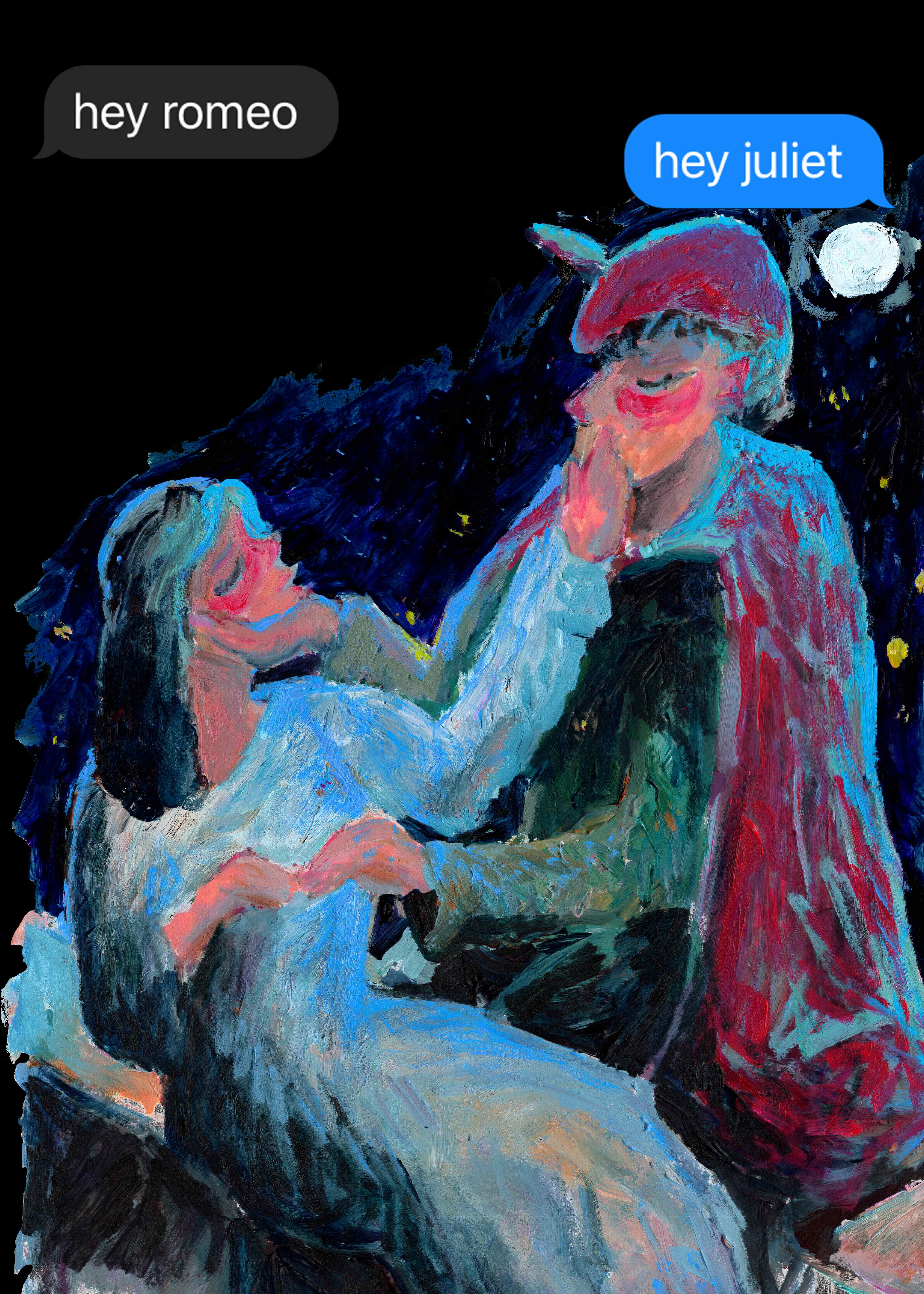
I don't think the method of waiting for inspiration is wrong; however, I no longer believe it's the only way to create. - Goyong
AOTM: As you approach the collection sale that marks the culmination of the residency, how do you feel the works you’ve created during this period represent your growth as an artist?
Goyong: I found that regardless of the intention behind a piece, I always felt a high level of satisfaction when it was completed because it was something I created. I don’t think the method of waiting for inspiration is wrong; however, I no longer believe it’s the only way to create. I want to thank the entire AOTM team for helping me to realize this. Without this residency, I might have become more obsessed with inspiration. If people view the upcoming works without knowing their creative process, they might just think, “Goyong made some amazing pieces.” This is because I believe the quality of the works is consistent across the board. The biggest takeaway for me has been the understanding and confidence that my creations will turn out to be the best, rather than constantly stressing over making the perfect piece each time. From now on, I aim to focus more on creating a greater volume of work.
Amaan Jahangir: They really show a developed level of confidence and execution within my work, both technically and thematically. I had never created a triptych before, and this was my leap into creating pieces that had a direct conversation and correlation with each other. It was an interesting process to create works so simultaneously and to constantly balance each emotion of the piece. They’ve been really inspirational for me and will provide some real context for how I will create my work for my upcoming exhibition, and how one must balance the relationship and dance of art when it is in conversation with itself.
Rebecca Rose: My blood and bones vibrate with these new pieces; the brain is ticking at full speed, and I have the AOTM residency to thank for that.
